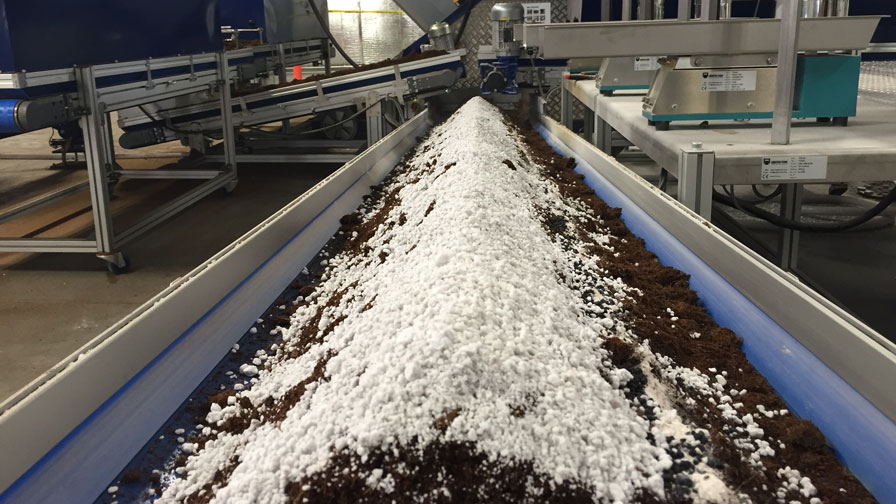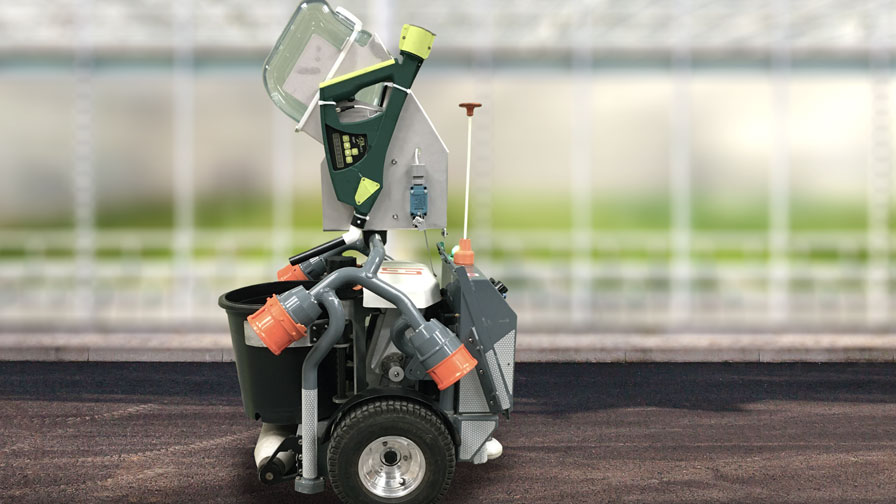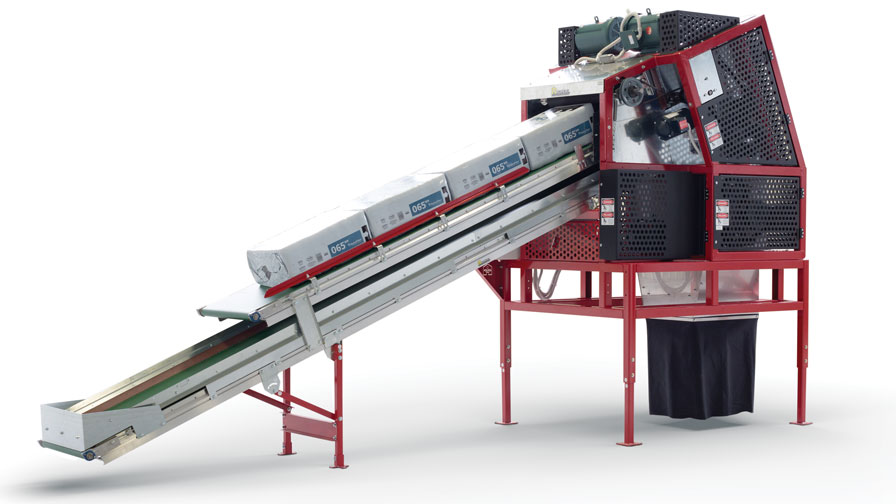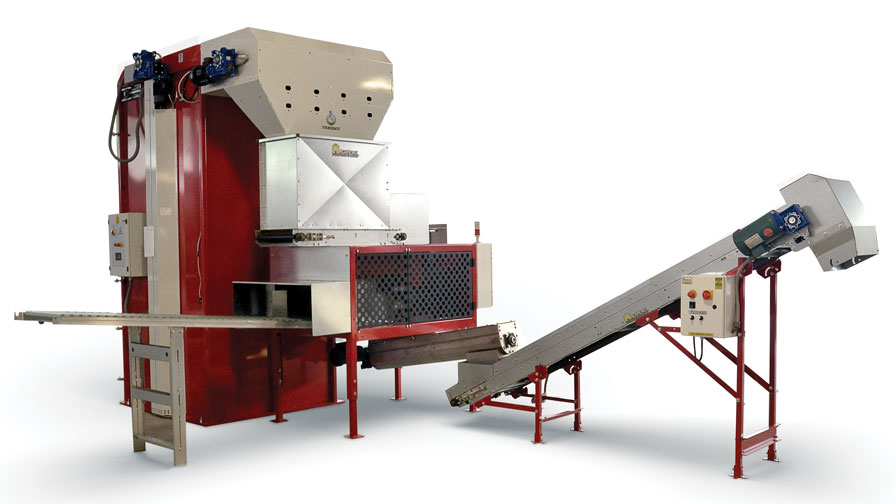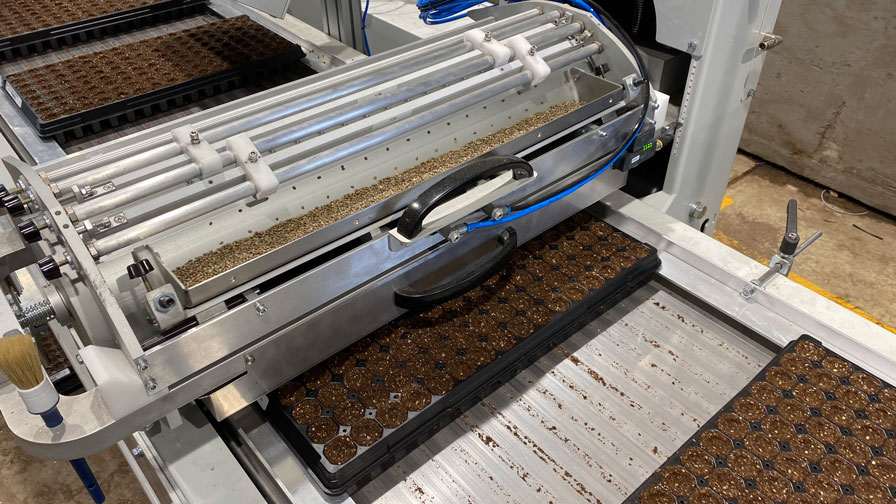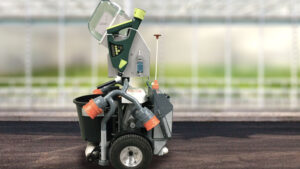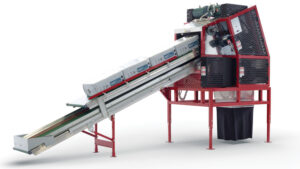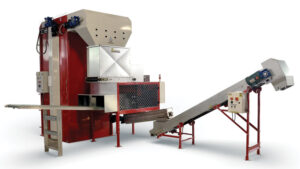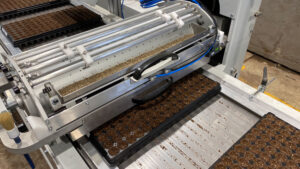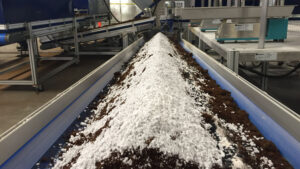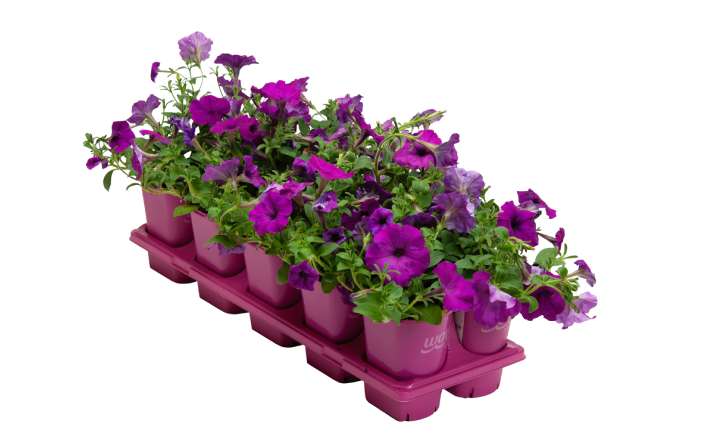How You Can Ease Labor Troubles in the Greenhouse With Automation
Labor supply and reliability concerns aren’t going away in the greenhouse industry anytime soon. As a result, growers are looking for tools they can use to upgrade their automation game. The good news is, they’re doing this with the help of tech suppliers. Here’s a closer look at how a few companies are working with their grower customers to make evolving technology adoption as seamless as possible.
More Reliable Robots
Harvest Automation’s HV-100 Plant Handling Robot was first introduced in 2013. It is designed to automatically move plants around the bay over short distances.
“Growers mainly use it for accurate plant spacing, but it also does collection and consolidation,” says Charles Grinnell, General Manager of Harvest Automation. “It’s designed to line plants up in precise patterns, based on whatever the grower needs.”
Since first introducing the HV-100 Plant Handling Robot in 2013, Grinnell says the company has made a few changes both in how the product works and how growers can access it.
“We can now rent the robots to new customers who need it for certain times of the year,” Grinnell says. “They’re usually pretty worn out by the time we get them back, but that’s OK. Like with any automation, you want to keep the machine running to get the best return on investment.”
Inside the robot, the motors have been improved, and several software changes have improved navigation to improve productivity.
“If repairs are needed, we ship parts back and forth, and we also have an online portal that includes tips on making repairs,” Grinnell says.
Perhaps the most notable recent upgrade to the HV-100 is a new accessory that allows for topdressing of granular fertilizer.
“One of our customers said it would be great if we could use the robot for dual purposes, so we partnered with GreenElf Works in Australia on the design of a new attachment.”
Grinnell notes that with labor at a premium and growers facing the likelihood of another busy spring, there’s been a lot of interest in the robots.
“If growers weren’t ready to use them when we first introduced them, they certainly are now,” Grinnell says.
More Automation Equals Less Stress
Previously, it was difficult for growers to justify investing in a piece of automation that might only reduce what one person could do.
“But with the struggles of labor availability and workers’ desire for less physically demanding work, we are seeing a demand for this type of automation, including cart loaders and robots,” says Derek McLaughlin, Marketing Manager at Bellpark Horticulture. “We recognize the change and are actively making changes to our product development to account for this.”
Implementing automation can help growers by increasing production line efficiency, reducing labor dependency and cost, enhancing plant uniformity and yield, and achieving a quick return on investment.
“Our automation can handle the physically demanding or monotonous aspects of labor so that more output can be achieved with less stress and less workers,” McLaughlin says. “Each automation component reduces one or multiple labor positions. Not only is this a labor savings, it also leads to a consistent and quality product.”
Doing More With Your Current Team
Adopting automation technology also allows growers to operate more efficiently, freeing up workers to take on other responsibilities in the greenhouse or nursery, says Rob Draga, Sales Manager at AgriNomix.
“It’s not about getting rid of workers, it’s about taking advantage of opportunities to produce more and better products with your current staff,” Draga says.
Draga also emphasizes the importance of maintenance.
“We work extremely close with growers after installation, and we have a team of highly trained service technicians that provide 24/7 technical support, as well as an online service ticketing system,” Draga says. “We also have invested heavily in our spare parts department to ensure growers have the right parts when they need them. During peak times in the season, down time can be very costly to a grower, which puts even more importance on being able to ship parts out the same day”
Meanwhile, as grower concerns rise over the price and availability of peat and perlite, partnerships such as the one between AgriNomix and Profile Products on HydraFiber processing and mixing are critical.
“We’re always looking for new opportunities in automation to help growers produce more efficiently, and this is just one of them,” Draga says.




